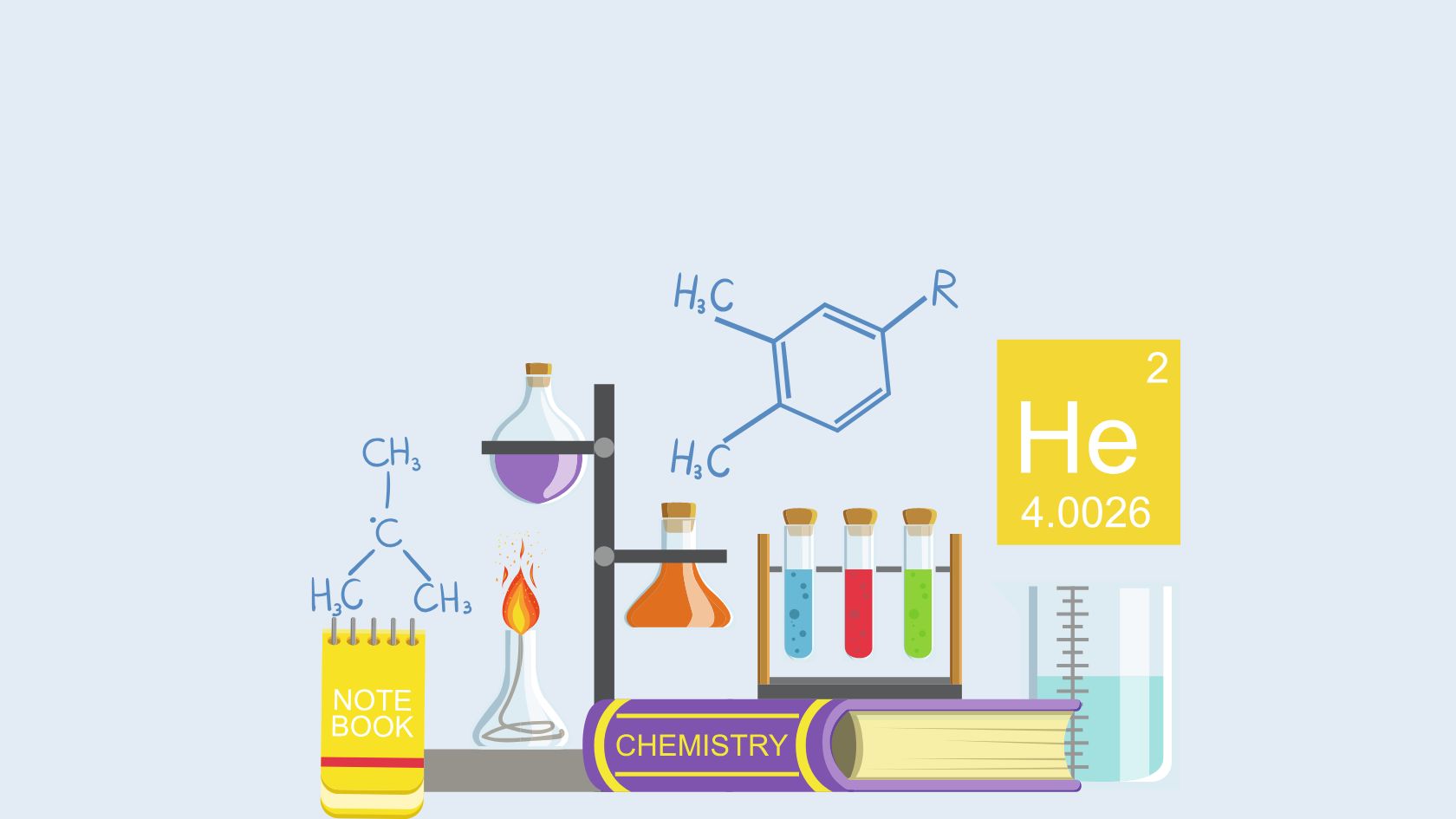Solving difficult chemical equations in IGCSE and A-Level Chemistry necessitates a thorough understanding of ideas, logical problem-solving, and constant practice. Whether you’re balancing redox reactions or computing equilibrium constants, these tips will help you approach any equation with confidence.
1. Master the Basics
- Understand Chemical Symbols and Formulas: Familiarize yourself with the periodic table, valency rules, and chemical notation.
- Types of Reactions: Know the common reaction types (e.g., redox, precipitation, acid-base, and combustion).
- Balancing Equations: Practice balancing simple equations to build a strong foundation for tackling complex ones.
2. Tackle Equations Step-by-Step
- Read the Question Carefully: Identify the type of reaction and the species involved.
- Write the Unbalanced Equation: Start by writing the reactants and products based on the question.
- Balance Atoms and Charges:
- First, balance atoms other than hydrogen and oxygen.
- Then balance hydrogen and oxygen atoms, ensuring the correct stoichiometry.
- For ionic equations, balance charges using electrons.
3. Understand Redox Reactions
- Oxidation and Reduction:
- Oxidation: Loss of electrons.
- Reduction: Gain of electrons.
- Half-Equations:
- Write separate half-equations for oxidation and reduction.
- Balance atoms and charges for each half-equation.
- Combine the half-equations, ensuring electrons cancel out.
4. Apply Stoichiometry
- Use mole ratios from the balanced equation to solve for unknown quantities:
- Moles of Reactants/Products.
- Volumes of Gases.
- Concentrations.
5. Work with Equilibrium
- Write the Equilibrium Expression.
- Solve for Unknowns: Substitute the given concentrations and solve for KcK_cKc or the missing concentration.
- Le Chatelier’s Principle: Understand how changes in concentration, pressure, or temperature affect equilibrium.
6. Practice Acid-Base Calculations
- pH and pOH.
- Titration Calculations
7. Check Your Work
- Ensure the equation is balanced in terms of:
- Atoms: The number of atoms for each element must be the same on both sides.
- Charges: The total charge should be equal on both sides of the equation.
- Review calculations for accuracy and significant figures.
8. Use Tools for Support
- Periodic Table: A quick reference for atomic masses, valencies, and element properties.
- Calculator: Ensure your scientific calculator is set up correctly for logarithms and exponential calculations.
- Online Resources: Interactive balancing tools and tutorials can help reinforce concepts.
9. Practice, Practice, Practice
- Work through past paper questions to familiarize yourself with exam-style problems.
- Focus on weak areas, such as redox reactions or equilibrium, to build confidence.
10. Stay Organized
- Write answers clearly and systematically to avoid confusion during complex calculations.
- Highlight key steps and results to make your solution easy to follow.
Combining these tactics with constant effort will allow you to easily solve even the most difficult chemical equations in IGCSE and A-Level Chemistry.




